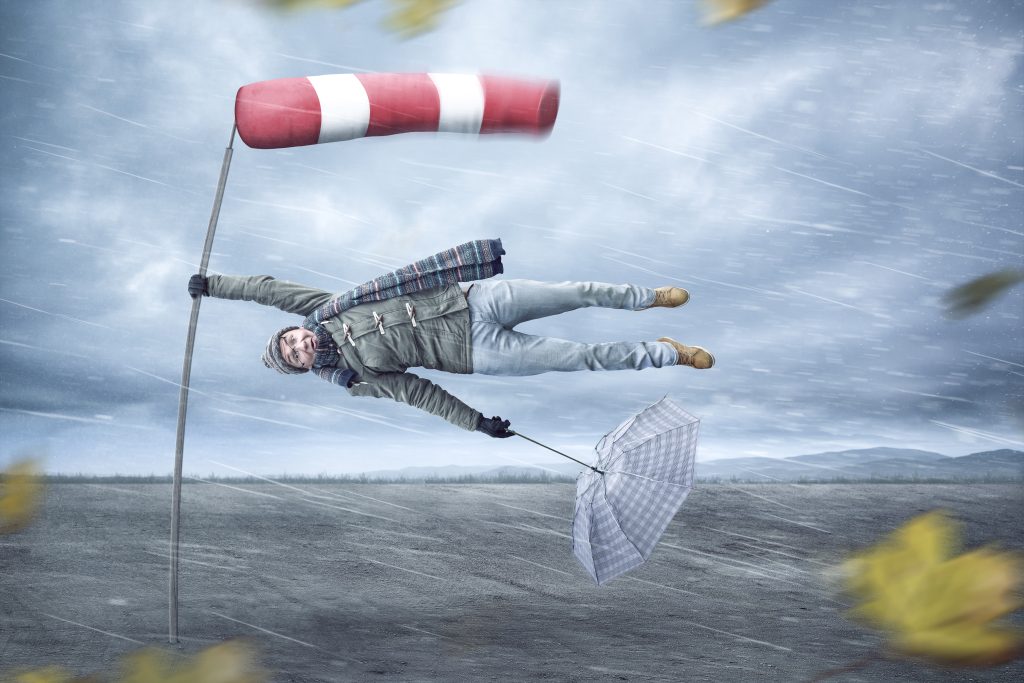Storm Spotter or Storm Chaser?
Storm Spotter or Storm Chaser?
Storm spotting and storm chasing are two activities that are often associated with severe weather. While they may seem similar on the surface, there are actually some significant differences between the two. In this blog, we will explore the differences between a storm spotter and a storm chaser.

Severe and Hazardous Weather Poses Threats People in Nebraska Need to be prepared for.
Storm Spotters
Storm spotters, are volunteers who are trained to observe and report severe weather conditions to the National Weather Service (NWS). They are usually local residents who have an interest in meteorology and want to help their community. Spotters prepare for severe weather events. Storm spotters receive training from the NWS on how to identify and report severe weather events, including tornadoes, hail, high winds, and flash floods.
One of the primary objectives of storm spotting is to provide ground-level observations of developing weather conditions to the NWS. Storm spotters are usually stationed in their homes, workplaces, or other locations in their communities where they can observe severe weather. They are equipped with tools such as weather radios, binoculars, and cameras to help them make accurate observations.
Storm spotting is a valuable service that provides critical information to the NWS and helps them issue more timely and accurate weather warnings. By providing real-time observations of severe weather, storm spotters can help save lives and reduce property damage.
Storm Chasers
Storm chasers, on the other hand, are individuals who actively seek out severe weather events, particularly thunderstorms and tornadoes. They are generally not affiliated with any government agency or organization and are not required to have any formal training. They often use personal vehicles and specialized equipment, such as weather monitoring systems and high-definition cameras, to track and document weather events.
Storm chasers often travel long distances to witness and document severe weather events. They may follow weather patterns and storm systems for days or even weeks, staying in hotels or camping out in remote locations. Some storm chasers are also freelance photographers or videographers who sell their footage to news agencies or other organizations.
While storm chasing can be an exciting and exhilarating experience, it can also be dangerous. Storm chasers often have to navigate treacherous road conditions and unpredictable weather patterns. They may also encounter other hazards such as lightning, hail, and strong winds.
Conclusion
In conclusion, storm spotting and storm chasing are two very different activities. Storm spotters are trained volunteers who provide critical information to the National Weather Service. They help communities prepare for and respond to severe weather events. Storm chasers, on the other hand, are individuals who actively seek out severe weather events, often for personal or professional reasons. Both activities play an important role in understanding and managing severe weather, but it is important to recognize the distinct differences between the two.
When storms hit, we are some of the first volunteers to respond. Get involved today.
